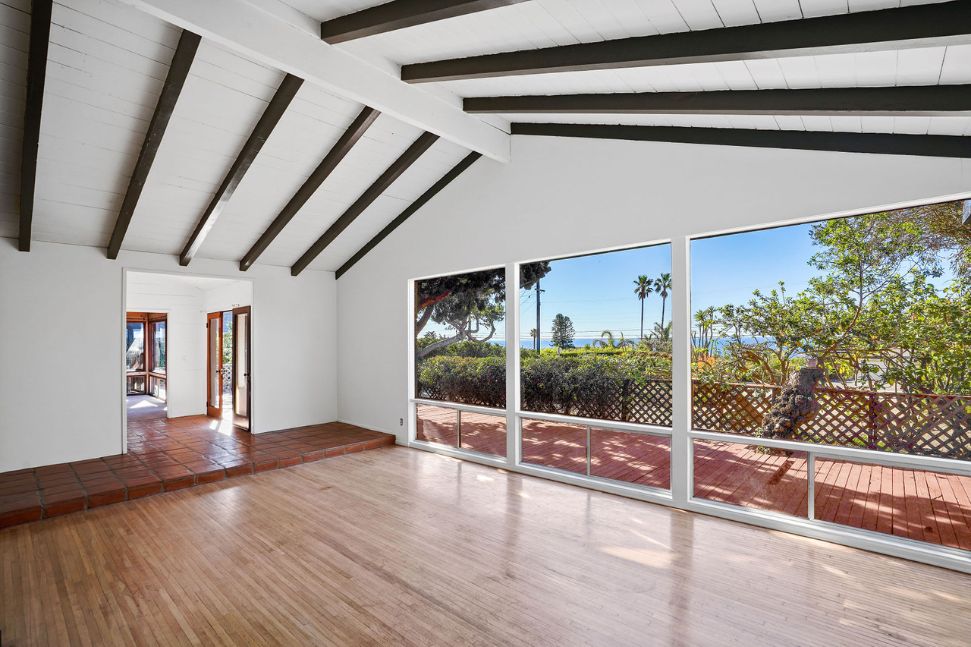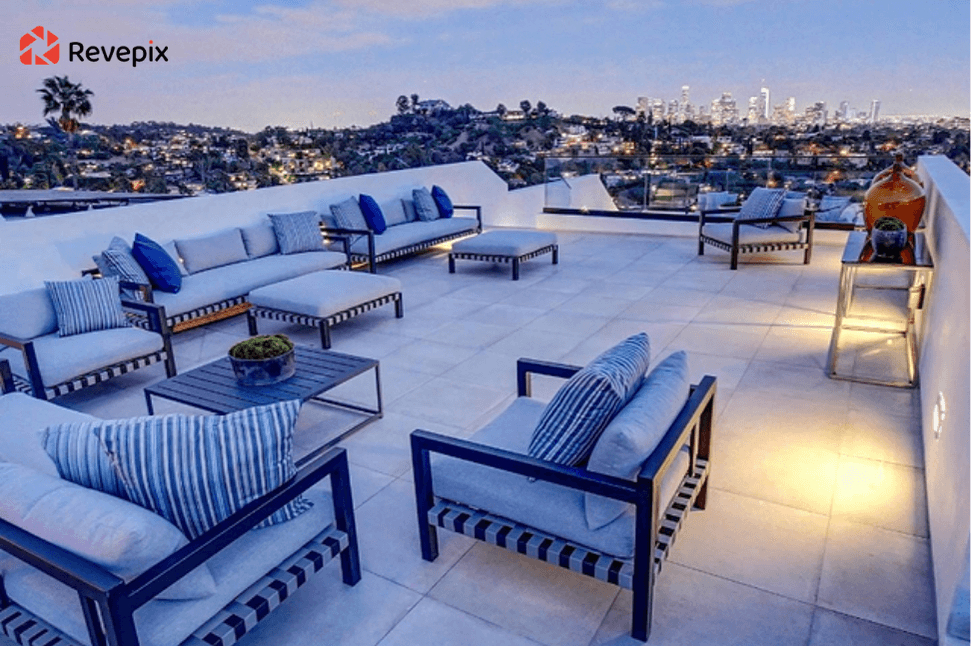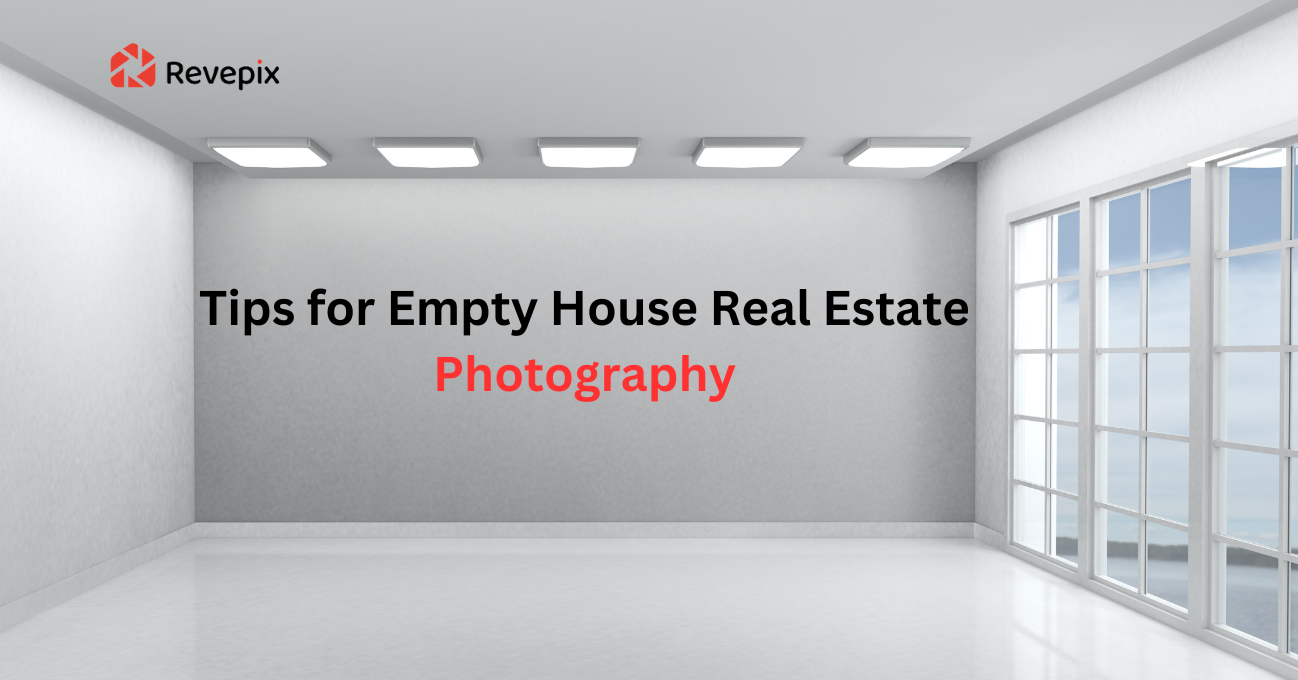Real estate photography has become an essential part of the real estate industry. The way a property is presented in photographs can make a significant impact on potential buyers or renters. Whether it’s an empty house or a fully furnished one, the photography used to showcase the property is crucial.

Empty house real estate photography is particularly important as it allows potential buyers or renters to envision how their own furniture and belongings would fit into the space. This type of photography emphasizes the features of the property, such as the layout, flooring, and architectural details. With the right lighting and angles, even an empty house can be made to look warm and inviting, giving potential buyers or renters a glimpse of what it would be like to live there.
Page Contents
Essential Tips for Capturing Real Estate Photography of Empty Homes
Real estate photography is an essential part of selling or renting a house. It can be challenging to take appealing real estate photos of vacant properties or unfurnished homes, but fear not! In this article, we will provide tips on making an empty house come to life through architectural photography.
Display the rooms’ size and configuration
Potential buyers or tenants may find it challenging to visualize how their furniture and other items would fit in an empty home. It is essential to acquire interior shots that depict each room’s size and configuration; this helps buyers envision the space correctly. Use the right lens to showcase the features and composition of the walls and rooms as you take pictures from various perspectives, including the corners of each area. Giving viewers a general impression of the place can be accomplished by including at least one wide-angle photo of each room.
Highlight unique architectural features and walls
Although abandoned buildings may appear sparse, they frequently have distinctive features and walls that can be emphasized through architectural photography. It could be anything from the home’s external design to the interior finishing touches, like a stunning fireplace or elaborate crown molding. Think about each wall’s particular characteristics as well, such as any built-in bookcases or exposed brick. It’s crucial to emphasize these architectural details and walls in your images because they frequently serve as a home’s selling factors.
Use natural lighting to your advantage and adjust the aperture
Architectural photography requires careful consideration of lighting including the magical effect of natural twilight. An empty space can be transformed by natural illumination to feel more hospitable and expansive. Pick a time of day when there is the most natural light for your photo shoot. To regulate how much light enters the lens, change your camera’s aperture. Avoid using flash since it might throw harsh shadows and change the room’s hues. Instead, use a tripod to maintain camera stability and get the most out of the available natural light.

Consider virtual staging or using the canvas
Consider virtual staging if you want to show potential buyers or renters how the property could look with furnishings. It’s a process in which digital software adds furniture and decor to real estate photos of empty spaces. It allows potential buyers or renters to see how their furniture and personal style fit in the space. Also, consider using each room’s canvas to showcase the space’s potential, highlighting how it can be used and arranged to suit different lifestyles.
Don’t forget the exterior and the basics of composition
Remember to take images of a home’s exterior as well since the exterior architecture and design are just as significant as the interior. Cleaning the outside, mowing the lawn, and clearing any clutter or waste will help the house to look its best. Try to capture any distinctive external elements, such as a lovely front porch or attractive landscaping, by taking pictures of the property from various perspectives. When framing your shots, consider composition fundamentals like the rule of thirds to produce aesthetically engaging and appealing images.
In conclusion, making an empty house come to life through real estate photography requires attention to architectural details, lighting, and composition. By following these tips and using the right lens, aperture, and canvas, you can capture appealing photos that showcase the home’s unique features, highlight the space’s scale and layout, and allow potential buyers or renters to visualize themselves in the home. Remember, photos are the first impression potential buyers or renters have of the property, so making them count is essential.





